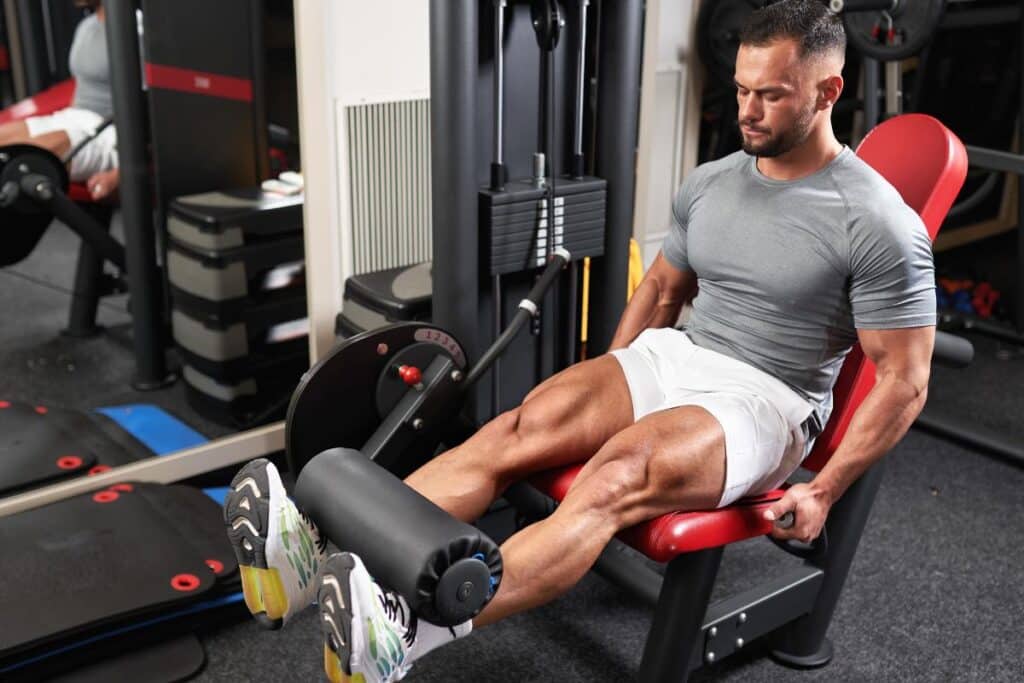Balance is a cornerstone of physical fitness, often overshadowed by strength and endurance. Yet, its significance cannot be understated, especially when it comes to executing complex movements and maintaining overall body alignment. Isolation lifts, a type of exercise focusing on individual muscle groups, can be remarkably effective in enhancing this crucial aspect of fitness. By targeting specific muscles, these exercises not only strengthen but also improve neuromuscular coordination, leading to better balance. Incorporating isolation lifts into your routine offers a multitude of benefits, from preventing injuries to refining athletic performance.
Understanding Isolation Lifts
Isolation lifts stand in contrast to compound exercises, which involve multiple joints and muscle groups. While compound lifts like squats and deadlifts are integral for overall strength, isolation lifts, such as bicep curls and leg extensions, specifically target one muscle group at a time. This focused approach allows for a deeper connection and understanding of individual muscle function, contributing significantly to balance. By isolating muscles, these exercises help in identifying and strengthening weaker areas, a key factor in achieving symmetrical muscle development and balance.
Benefits of Isolation Lifts for Balance
One of the primary benefits of isolation lifts is the enhancement of muscular control and coordination. These exercises train the body to activate and stabilize specific muscles, which is essential for maintaining balance, particularly during dynamic movements. Furthermore, isolation lifts can correct muscle imbalances, a common issue that can lead to posture problems and increase the risk of injuries. Regularly practicing these exercises ensures that both sides of the body develop evenly, promoting better balance and stability.
Key Isolation Exercises for Balance
Several isolation exercises are particularly effective in improving balance. For instance, single-leg calf raises not only strengthen the calf muscles but also challenge your balance. Similarly, leg curls focus on the hamstrings, which play a vital role in knee stability and balance. Each exercise should be performed with attention to form and controlled movement to maximize benefits. It’s crucial to progress gradually, starting with lighter weights or body weight and increasing resistance over time.
Conclusion
In conclusion, mastering balance through isolation lifts is a strategic and effective approach to enhancing your overall fitness. These exercises, focusing on individual muscle groups, play a crucial role in developing strength, coordination, and stability. By incorporating isolation lifts into your workout routine, you can address muscle imbalances, improve neuromuscular communication, and achieve a more harmonious and balanced physique. Remember, balance is not just about physical stability; it’s also about creating a well-rounded fitness journey that prioritizes all aspects of your health and well-being. With patience, consistency, and the right techniques, you can elevate your fitness to new heights, making balance a cornerstone of your strength and conditioning regimen.
Key Takeaways:
- Targeted Muscle Development: Isolation lifts allow for focused strengthening of individual muscle groups, leading to improved balance and stability.
- Enhanced Muscular Control: These exercises improve neuromuscular coordination, essential for maintaining balance, especially during dynamic movements.
- Correction of Muscle Imbalances: Regular practice of isolation lifts helps in addressing and correcting muscle imbalances, a key factor in achieving symmetrical development and preventing injuries.
- Integration into Workout Routines: Incorporating isolation exercises into your regular fitness regime can add variety, challenge your muscles in new ways, and enhance your overall physical performance.
- Safety and Technique: Emphasizing proper form and technique is crucial in isolation lifts to maximize benefits and minimize the risk of injury.
- Nutritional Support: A balanced diet, rich in nutrients, supports muscle growth and recovery, essential for the success of any fitness program focusing on balance and strength.
- Rest and Recovery: Adequate rest and recovery are just as important as the workout itself in improving balance and ensuring overall muscle health.
By understanding and applying these key takeaways, you can effectively use isolation lifts to improve your balance, contributing significantly to a more effective and rewarding fitness journey.




